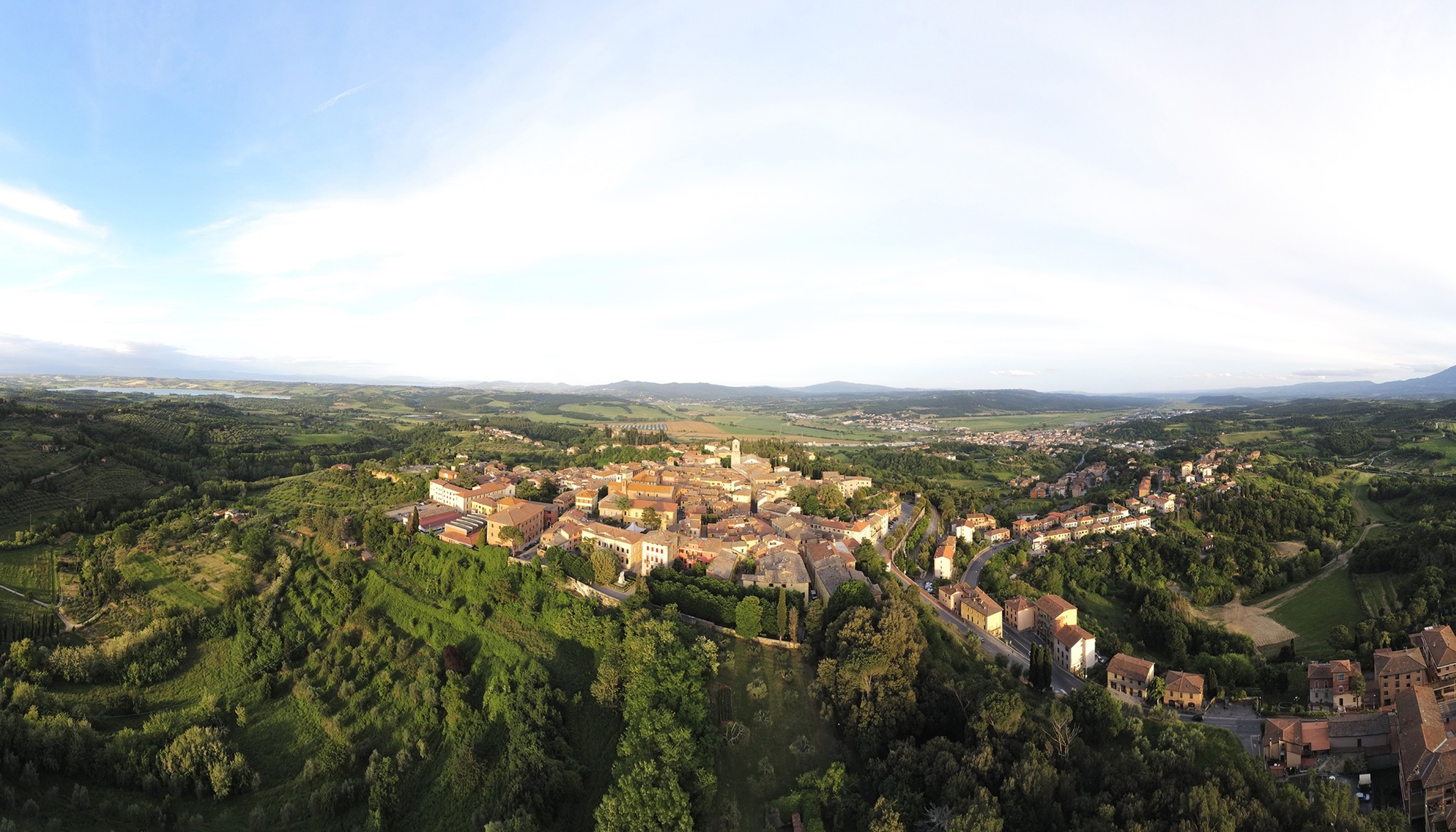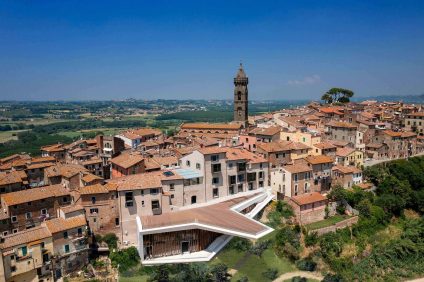Chiusi is an ancient village in the province of Siena, located on the border between Tuscany and Umbria. The first settlement in the area dates back to the Iron Age. We have evidence of the Etruscan city of Clevsi, which later became the Latin Clusium. It had great importance, being located on the artery that connected Rome to northern Etruria. Among the elements of which to discover the history and admire the charm still today there are the Cyclopean walls.
The walls of Chiusi
The cyclopean walls of Chiusi are partly a distant memory, unfortunately. They were in fact largely demolished in order to exploit the stones or collapsed during the Second World War. What remains today is a set of sections, including a single door (Porta Lavinia), while originally there were three.
In 2010 the area was restored, with the addition of a steel staircase that allows you to pass the historic area and head downstream. The Etruscans built mighty walls in the northern area of the ancient Chiusi. Over the centuries, these have obtained numerous interventions and extensions, from the Romans to the Renaissance. Studies have revealed that the walls date back to the last quarter of the XNUMXth century. However, the materials and techniques used underline the presence of the remains of a medieval tower, inserted in the pre-existing defensive perimeter of the city.
Today the itinerary created allows you to move between history and nature, making the walls a key element of Chiusi tourism, an edge to be discovered in all its beauties, from the Archaeological Museum to the Fortress of Sareano, from the Collegiate Church of San Lorenzo to the birthplace of San Galgano.





